Creating a movie room in your home can be an incredibly rewarding project. Not only does it provide a dedicated space for enjoying your favourite films, but it also offers a perfect gathering spot for family and friends. Whether you’re a movie buff or just looking to enhance your home entertainment setup, this guide will walk you through the essential steps to create your very own movie room.
Choosing the Right Room
The first step in creating your movie room is selecting the right space. Ideally, you want a room that is isolated from the main living areas to minimise noise and distractions. A basement or a spare bedroom can be perfect for this purpose. Consider the room’s size and shape, as these factors will influence your seating arrangement and screen size. Additionally, ensure the room can be adequately darkened to enhance the viewing experience.
Designing the Layout
Once you have chosen the room, it’s time to design the layout. Start by determining the focal point of the room, which will be the screen. Measure the dimensions of the wall where you plan to place your screen and decide on the optimal screen size. Arrange your seating in a way that offers a clear view of the screen for everyone. Consider tiered seating if space allows, as this can enhance the viewing experience for larger groups.
Soundproofing and Acoustics
Soundproofing your movie room is crucial to avoid disturbing other areas of the house and to improve sound quality within the room. Use heavy curtains, carpets, and acoustic panels to absorb sound. Additionally, consider installing soundproof doors and windows. Proper acoustics can significantly enhance your movie-watching experience, so invest in good quality soundproofing materials.
Selecting the Right Equipment
The heart of any movie room is the equipment. You’ll need a high-quality projector or large screen TV, a sound system, and comfortable seating. When selecting a projector, look for one with a high resolution and good brightness levels. For the sound system, a surround sound setup with multiple speakers will provide an immersive experience. Don’t forget to choose comfortable seating that can accommodate the number of people you plan to entertain.
Lighting Control
Controlling the lighting in your movie room is essential for creating the right ambiance. Install dimmable lights or smart lighting that can be easily adjusted. Consider using blackout curtains or shades to block out any external light. This will help create a true cinema-like experience.
Decor and Theme
Decorating your movie room can be a fun and creative process. Choose a theme that reflects your personality and movie preferences. You could go for a classic cinema look with movie posters and vintage seating or opt for a modern design with sleek furniture and minimalist decor. Personal touches like framed posters of your favourite films, themed pillows, and a popcorn machine can add to the overall atmosphere.
Film Selection
An often overlooked aspect of creating a movie room is curating a diverse and exciting film collection. Consider a mix of genres to suit various moods and occasions. From classic films and timeless favourites to the latest blockbusters and indie gems, having a well-rounded selection ensures that there’s always something for everyone. Streaming services, DVDs, and Blu-rays all have their place in a comprehensive movie library. Don’t forget to include documentaries and foreign films for a truly varied viewing experience.
Incorporating Gaming and More
Your movie room can be more than just a place to watch films. Consider incorporating other entertainment options such as a gaming console or even a small bar area. A multi-functional room can provide endless entertainment possibilities for you and your guests. For those interested in adding a unique twist to their movie room, consider integrating an area dedicated to online gaming.
The UK’s selection of popular slot sites offers a variety of exciting games that can be enjoyed from the comfort of your home. Setting up a computer or a tablet in your movie room can provide an additional entertainment option, making your movie nights even more enjoyable.
Snack and Drink Station
No movie experience is complete without snacks and drinks. Set up a snack and drink station in your movie room to keep refreshments within easy reach. Include a popcorn machine for that authentic cinema feel, along with a mini fridge stocked with drinks. You could also add a candy dispenser, a coffee maker, or even a small bar area for adult beverages. This setup ensures that you and your guests have everything you need to enjoy the movie without unnecessary interruptions.
Final Touches and Enjoyment
Once everything is set up, it’s time to enjoy your new movie room. Invite friends and family over for a movie marathon, or simply relax with your favourite film after a long day. With the right planning and setup, your movie room will become a cherished part of your home.
Creating a movie room requires careful planning and a bit of creativity, but the results are well worth it. Follow these steps, and you’ll have a perfect space for watching movies, playing games, and entertaining guests. Enjoy the show!








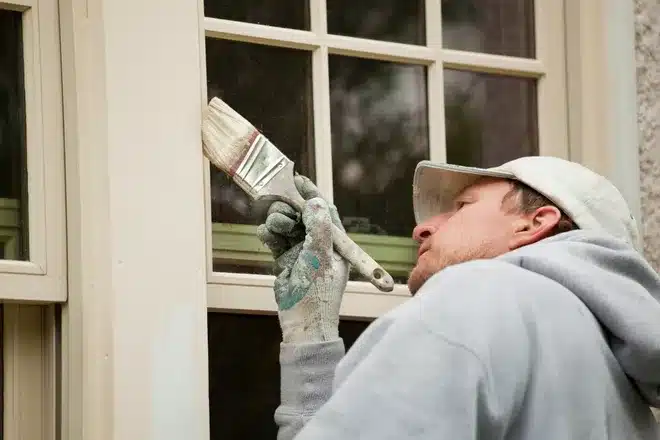 Your home’s exterior paint is its first defense against the elements. It acts as a barrier, protecting the underlying materials from moisture, UV rays, and temperature fluctuations. A well-chosen exterior paint can significantly enhance your home’s curb appeal and increase its market value, making it a crucial investment.
Your home’s exterior paint is its first defense against the elements. It acts as a barrier, protecting the underlying materials from moisture, UV rays, and temperature fluctuations. A well-chosen exterior paint can significantly enhance your home’s curb appeal and increase its market value, making it a crucial investment. Acrylic paints are another excellent option for exterior surfaces in Georgia. Known for their superior adhesion, flexibility, and resistance to cracking and peeling, acrylic paints can withstand the state’s intense sunlight and humidity.
Acrylic paints are another excellent option for exterior surfaces in Georgia. Known for their superior adhesion, flexibility, and resistance to cracking and peeling, acrylic paints can withstand the state’s intense sunlight and humidity. For a more natural option, lime and mineral-based paints are gaining popularity. These paints are breathable, allowing moisture to escape while providing robust protection.
For a more natural option, lime and mineral-based paints are gaining popularity. These paints are breathable, allowing moisture to escape while providing robust protection.
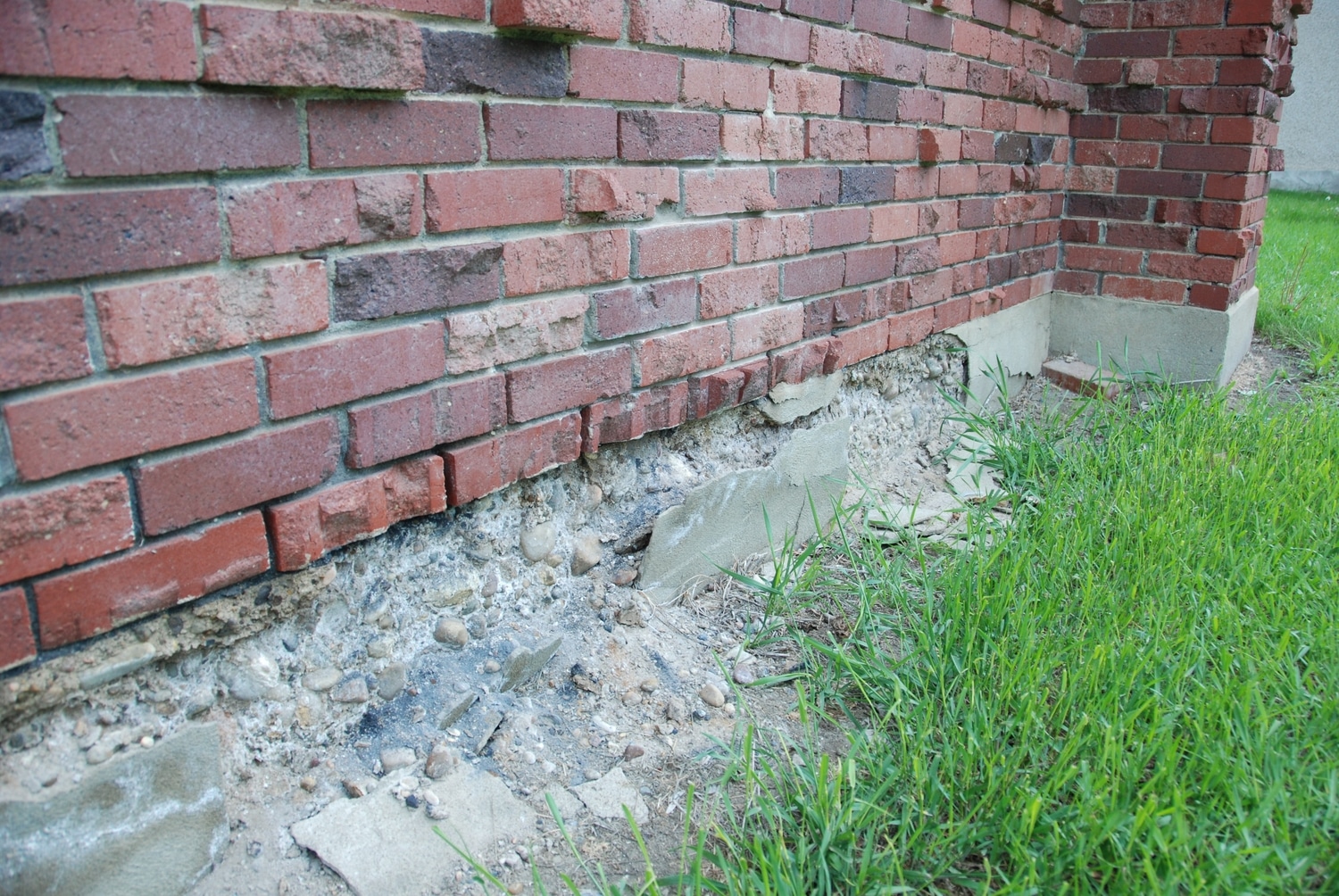 The freeze-thaw cycle is a common occurrence in North Carolina and other areas with fluctuating temperatures throughout the year.
The freeze-thaw cycle is a common occurrence in North Carolina and other areas with fluctuating temperatures throughout the year.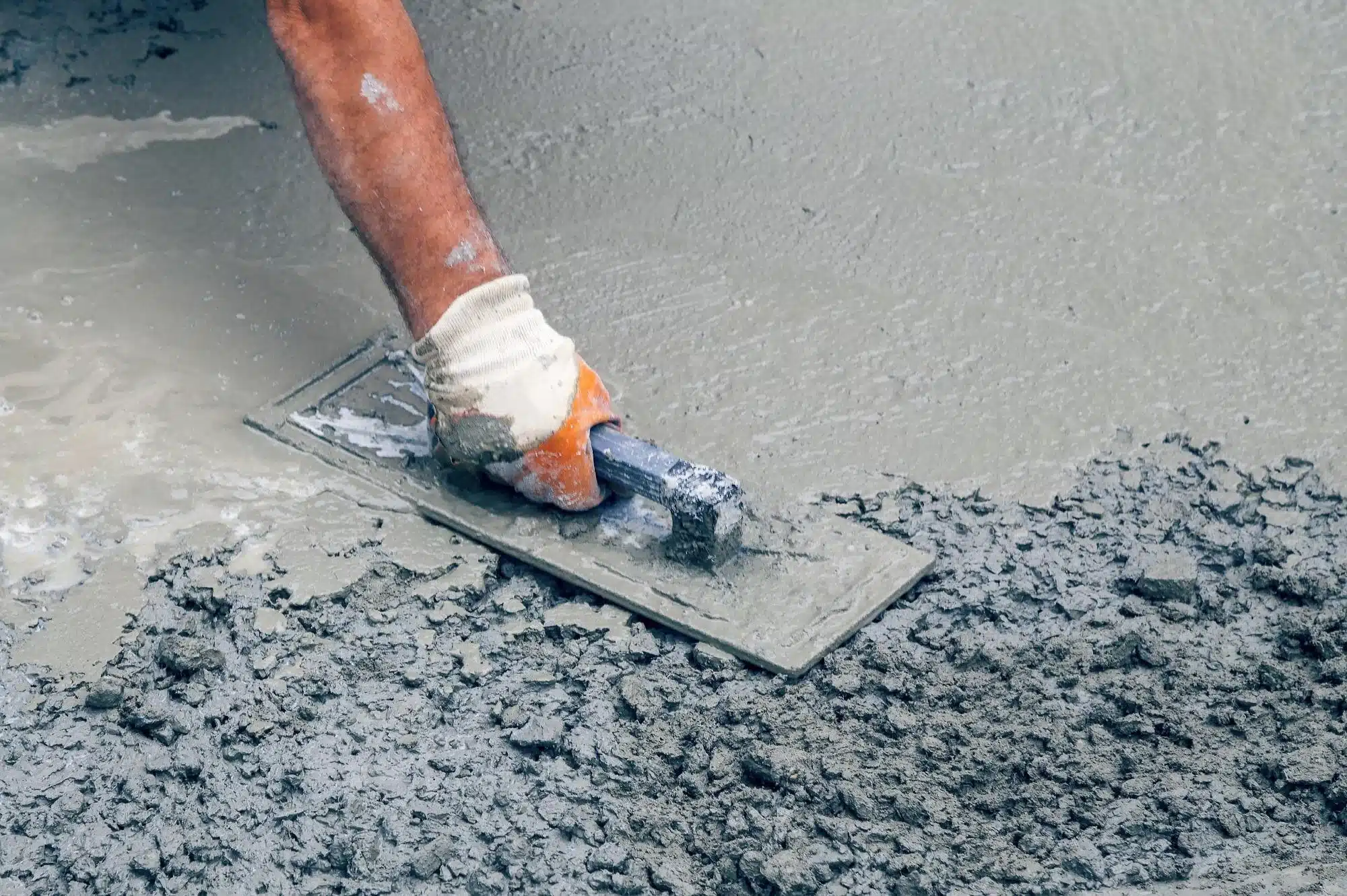 Modern materials and technologies offer a variety of methods for enhancing the durability of concrete in North Carolina’s freeze-thaw cycle.
Modern materials and technologies offer a variety of methods for enhancing the durability of concrete in North Carolina’s freeze-thaw cycle.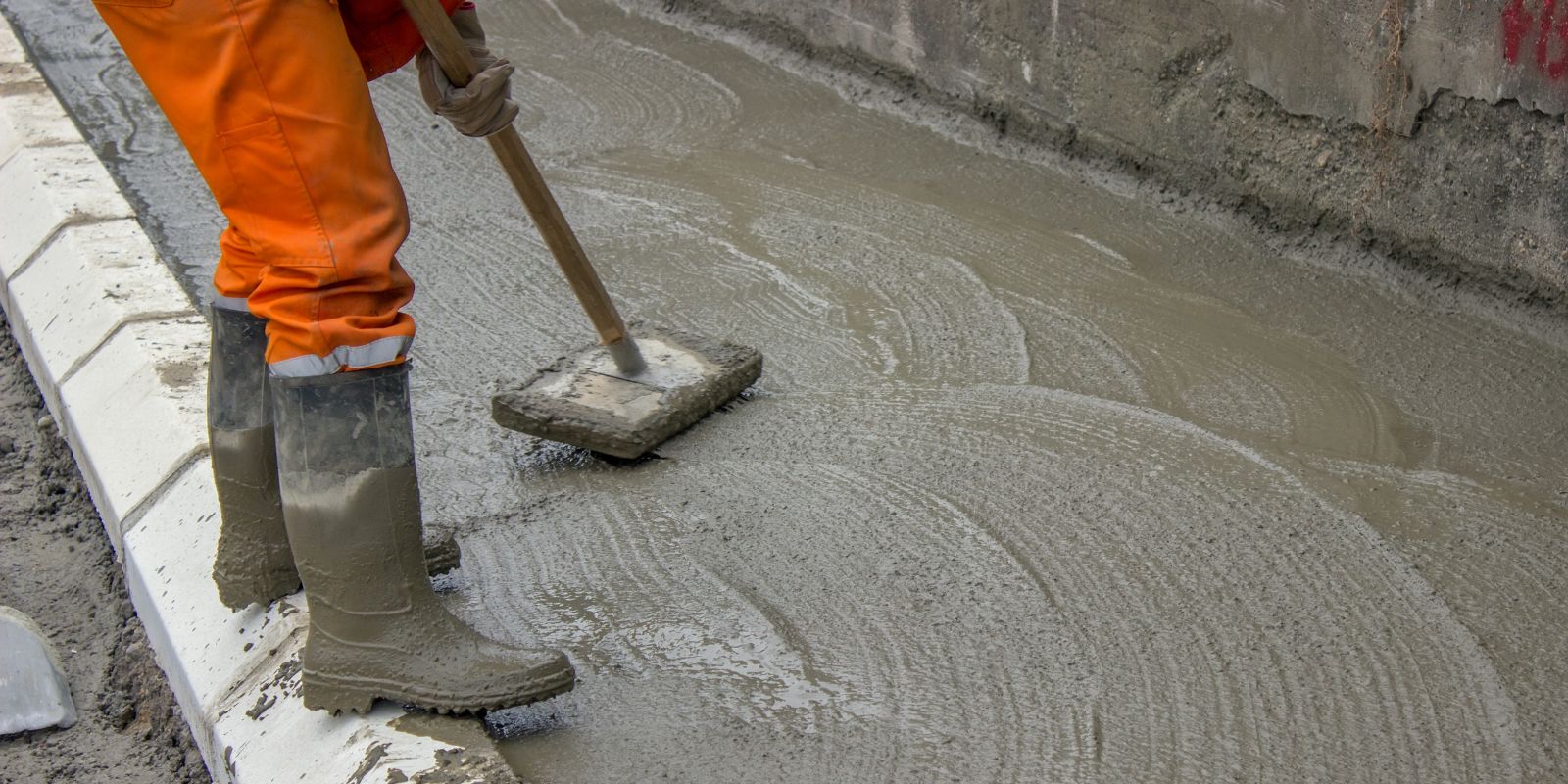 Ensuring proper concrete repair techniques and practices are employed is crucial for structures affected by freeze-thaw cycles in North Carolina.
Ensuring proper concrete repair techniques and practices are employed is crucial for structures affected by freeze-thaw cycles in North Carolina.
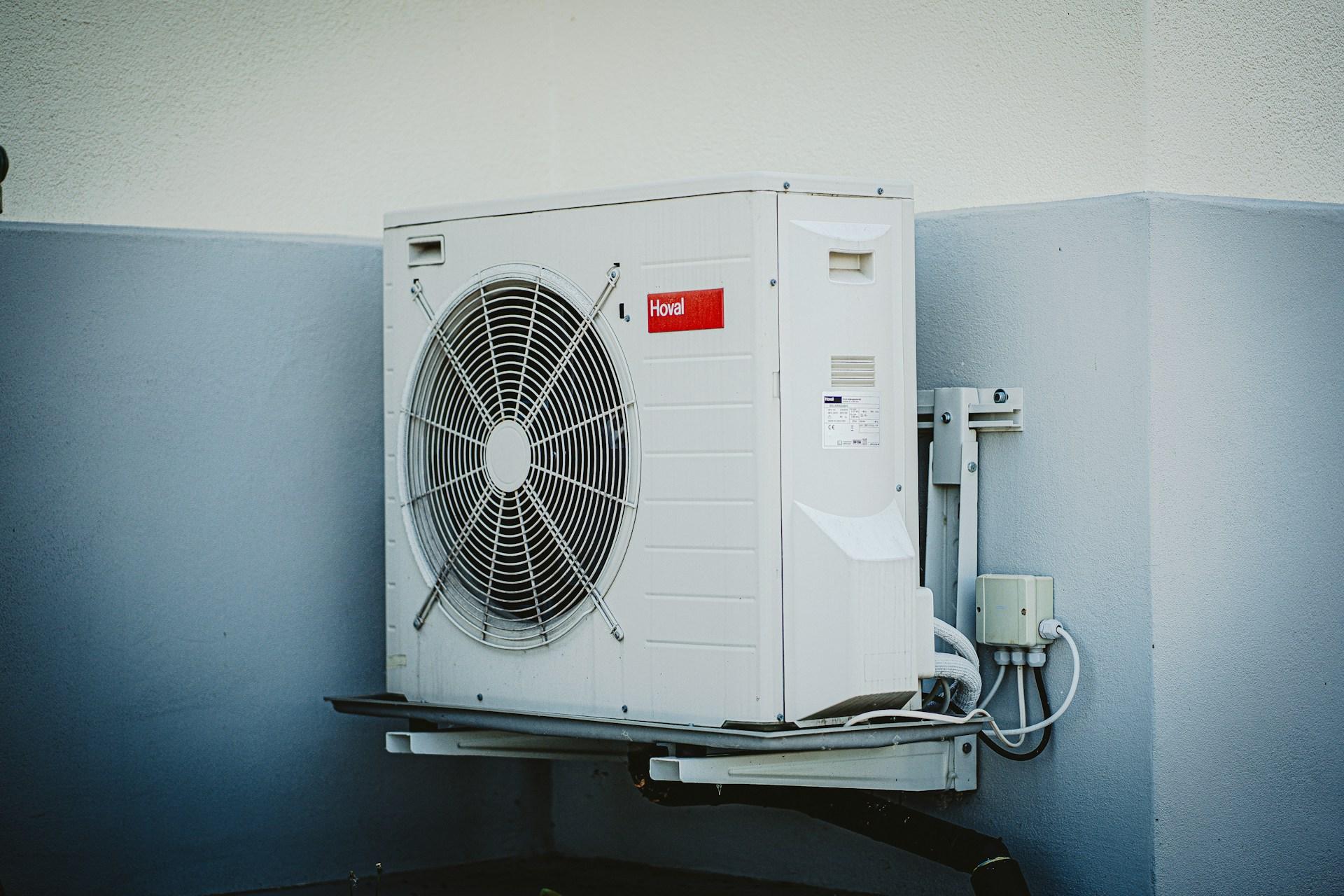
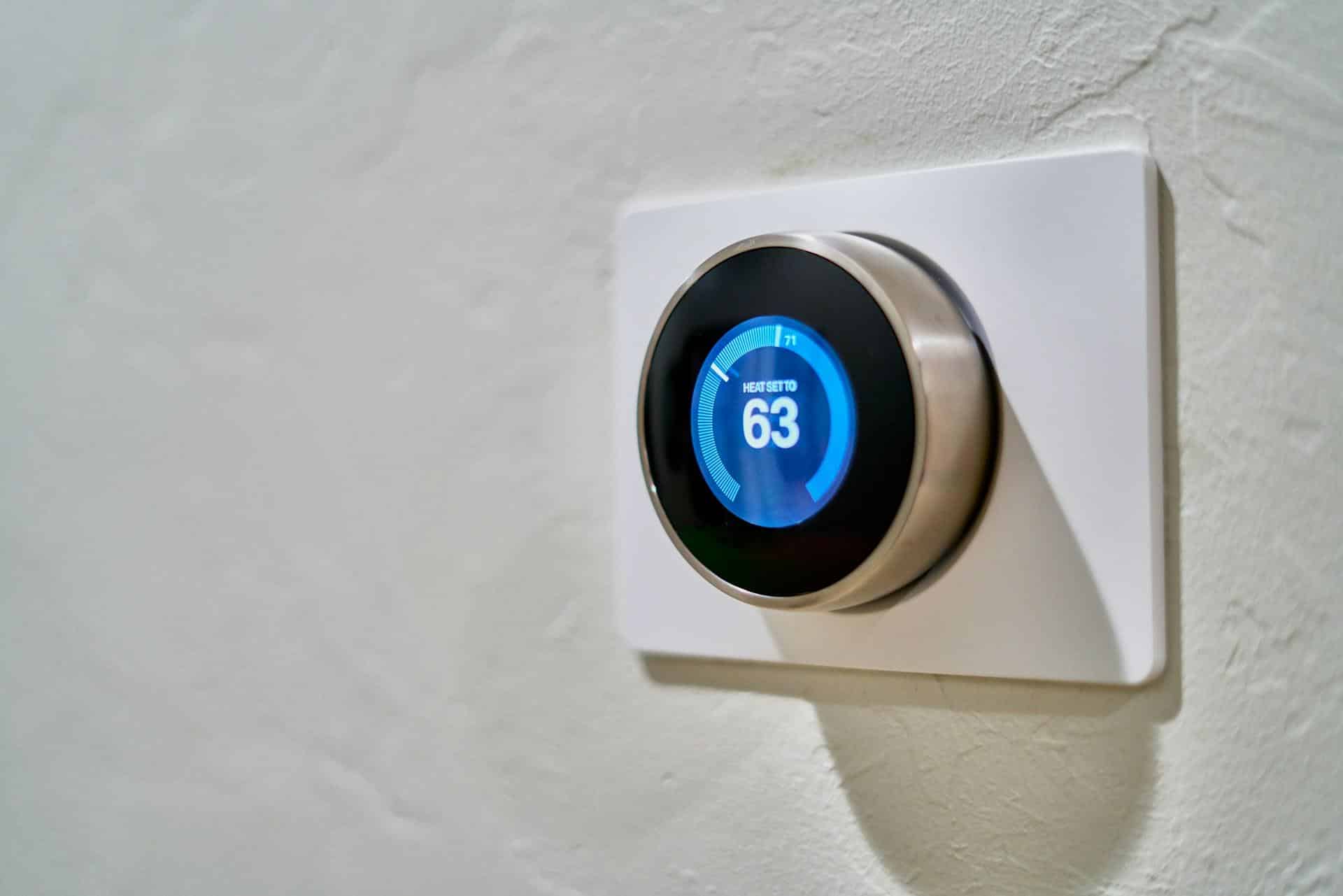
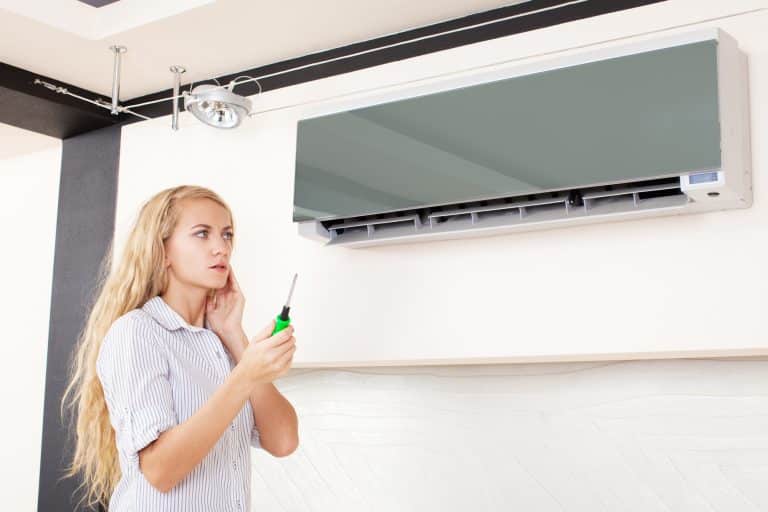
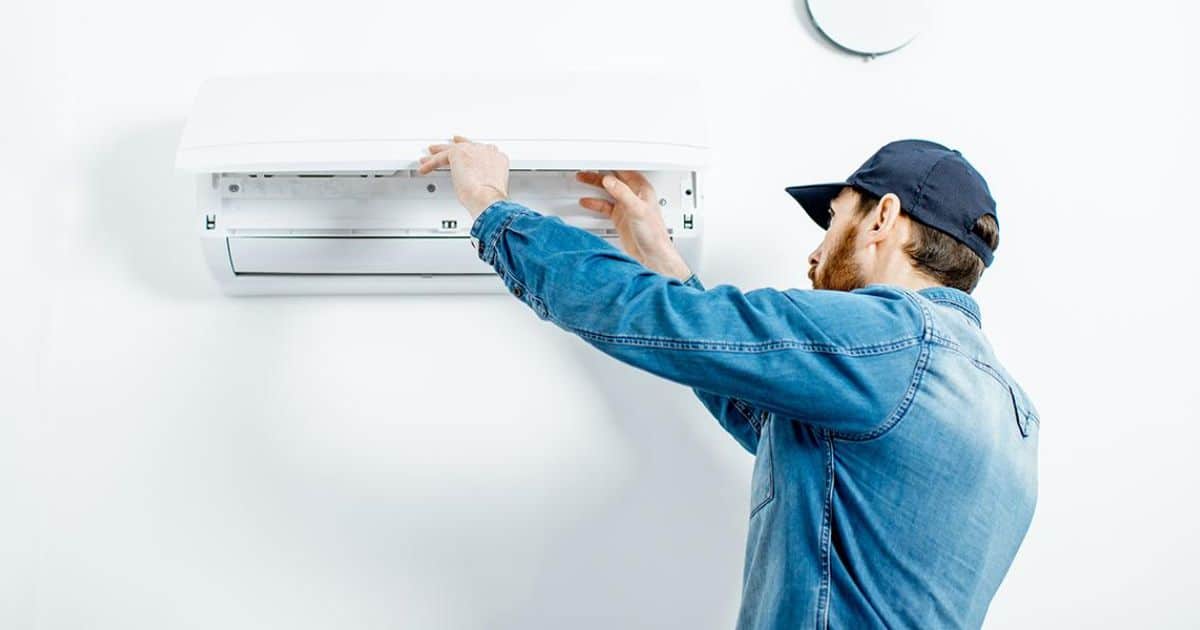 When temperatures start climbing the last thing you want is for your air conditioner to go out. Sometimes, all you need is a repair instead of replacing the unit.
When temperatures start climbing the last thing you want is for your air conditioner to go out. Sometimes, all you need is a repair instead of replacing the unit.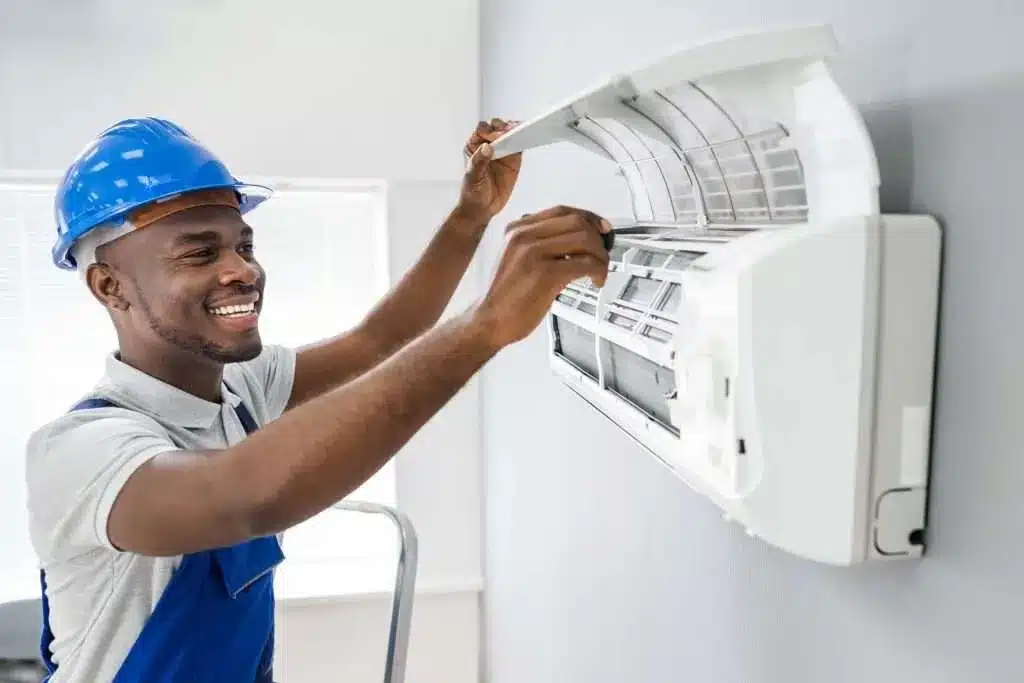 When an air conditioner cycles, this refers to the unit turning on and off. How often an AC cycles depends on the thermostat setting and the outdoor temperature. For example, if it’s 90 degrees and sunny outside and your thermostat is set to 70, you should expect long cycles with short periods of off time.
When an air conditioner cycles, this refers to the unit turning on and off. How often an AC cycles depends on the thermostat setting and the outdoor temperature. For example, if it’s 90 degrees and sunny outside and your thermostat is set to 70, you should expect long cycles with short periods of off time.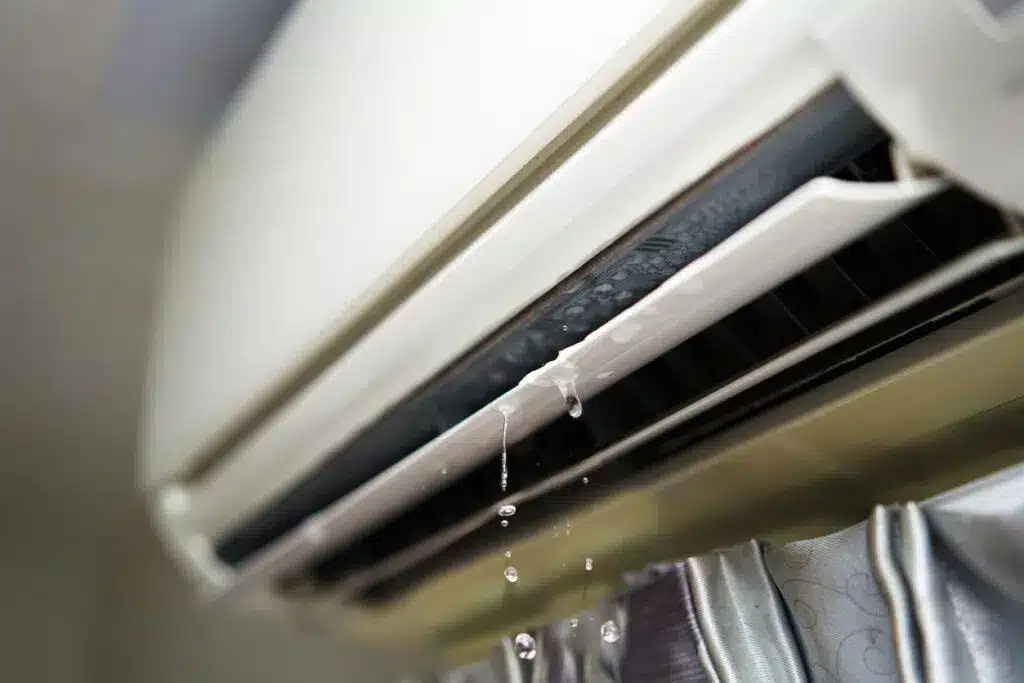 Some condensation around your air conditioner usually isn’t a reason to panic. If water starts pooling around your AC or you notice refrigerant leaking out, it’s a good idea to make an appointment with an air conditioner repair service.
Some condensation around your air conditioner usually isn’t a reason to panic. If water starts pooling around your AC or you notice refrigerant leaking out, it’s a good idea to make an appointment with an air conditioner repair service.
 Pavement damage comes in various forms, each requiring specific attention. Here are some common culprits:
Pavement damage comes in various forms, each requiring specific attention. Here are some common culprits: Here’s a breakdown of what typically happens when you hire professional paving repair services:
Here’s a breakdown of what typically happens when you hire professional paving repair services: Taking proactive steps to maintain your pavement can significantly extend its lifespan. Here are some key strategies:
Taking proactive steps to maintain your pavement can significantly extend its lifespan. Here are some key strategies: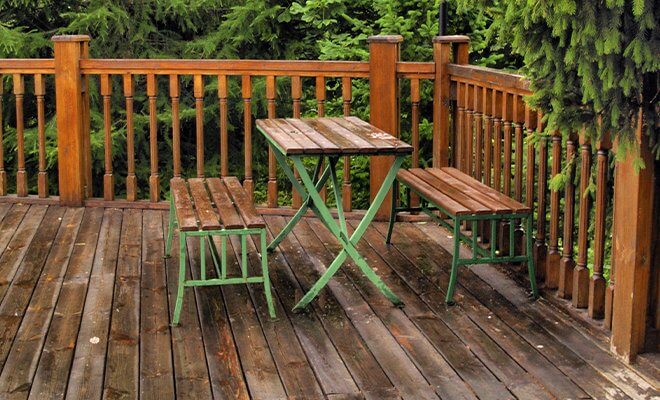
 There’s something undeniably attractive about tackling a deck set up for your own. The experience of achievement while you finish, the potential value savings and the delight of making something with your fingers may be particularly profitable.
There’s something undeniably attractive about tackling a deck set up for your own. The experience of achievement while you finish, the potential value savings and the delight of making something with your fingers may be particularly profitable. When it involves figuring out whether or not to go the DIY course or hire an expert, the complexity of your deck layout must play a huge role. If you’re working with a smaller, easier layout with primary shapes, it is probably achievable as a DIY project, specifically if you’re an experienced owner of a house with the essential capabilities and tools.
When it involves figuring out whether or not to go the DIY course or hire an expert, the complexity of your deck layout must play a huge role. If you’re working with a smaller, easier layout with primary shapes, it is probably achievable as a DIY project, specifically if you’re an experienced owner of a house with the essential capabilities and tools.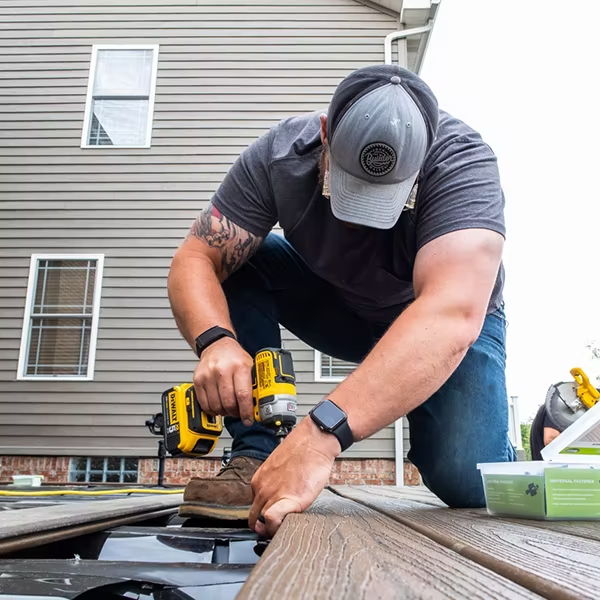 If you are thinking about going to the expert course, it’s essential to find a dependable and skilled deck builder. A top place to begin is to invite your friends or family or test out online assessment structures for recommendations.
If you are thinking about going to the expert course, it’s essential to find a dependable and skilled deck builder. A top place to begin is to invite your friends or family or test out online assessment structures for recommendations.
 Hardwood flooring isn’t just a practical choice – it’s a bold declaration of style and opulence, a testament to your discerning taste and appreciation for the finer things in life. Imagine stepping into your home and being greeted by the natural splendor of hardwood floors, their lustrous grains and rich tones infusing the space with an air of understated grandeur and refined luxury.
Hardwood flooring isn’t just a practical choice – it’s a bold declaration of style and opulence, a testament to your discerning taste and appreciation for the finer things in life. Imagine stepping into your home and being greeted by the natural splendor of hardwood floors, their lustrous grains and rich tones infusing the space with an air of understated grandeur and refined luxury. This ease of maintenance ensures that your hardwood floors will retain their elegance and charm for years to come, making them a valuable long-term investment in both the aesthetic and functionality of your home.
This ease of maintenance ensures that your hardwood floors will retain their elegance and charm for years to come, making them a valuable long-term investment in both the aesthetic and functionality of your home.